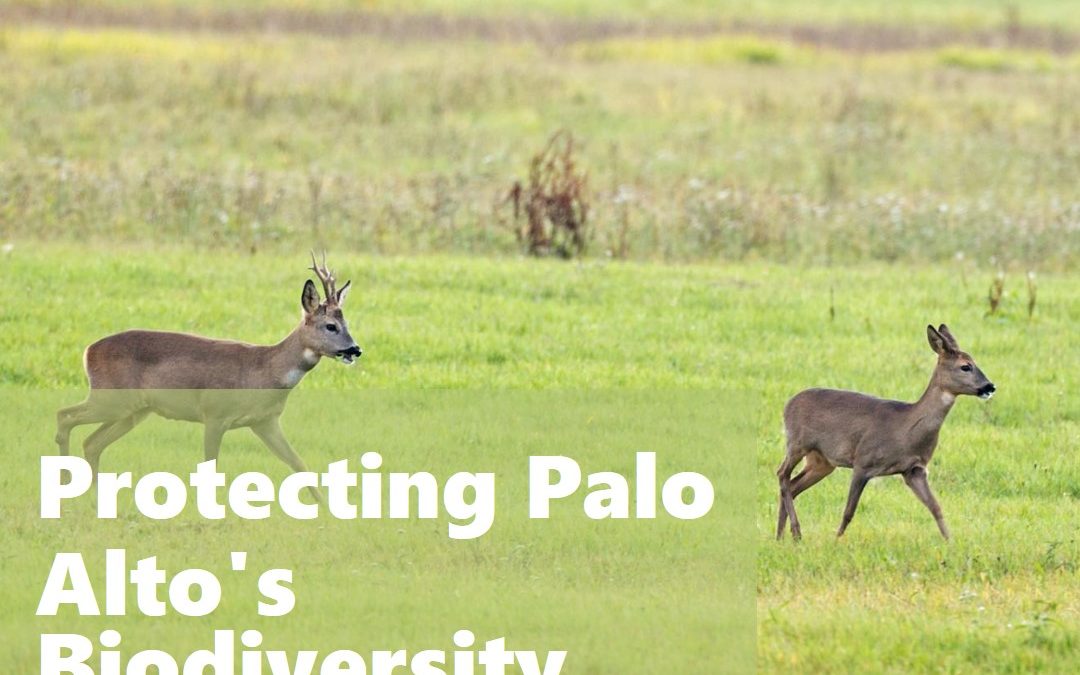In Palo Alto, balancing building things and caring for nature is important. This is especially true when trees need to be removed, and how this affects the area’s animals and plants.
The city has rules called the Tree Protection Ordinance to help with this. These rules protect both local and other trees, encourage planting trees that can handle less water, and ensure there are clear reasons for removing any tree during construction or other changes.
Understanding the Tree Protection Ordinance
The Tree Protection Ordinance in Palo Alto is about keeping our city’s nature healthy and diverse. This rule makes it harder to remove native trees and sets clear rules for when it’s okay to take down protected trees, especially during building projects.
This means we only remove trees that need to go, especially the native ones that help our environment, before we decide to remove any trees.
Diversity of Palo Alto’s Urban Forest
Palo Alto’s Urban Forestry Section oversees an impressive array of public trees, encompassing 253 species. This diversity is not for aesthetic value; it plays a vital role in supporting local wildlife.
Each species contributes to the ecosystem, providing food, shelter, and breeding grounds for various animals and insects.
The city can make informed decisions on maintaining and enhancing this biodiversity by quantifying and evaluating the tree canopy cover.
Expanding and Preserving the Urban Forest
The health and expansion of Palo Alto’s urban forest are central to the city’s environmental goals.
Efforts to preserve and maintain parks and open spaces are part of a broader initiative to enhance the urban forest.
This includes planting more trees, particularly native and drought-resistant species, which are more likely to thrive in the local climate and benefit local wildlife most.
The Role of Homeowners in Tree Protection
Homeowners play a significant role in maintaining Palo Alto’s urban forest. For responsible tree removal and protection, consulting with certified arborists or qualified tree care companies is essential.
These professionals can help identify whether a tree needs to be removed due to disease, safety concerns, or other valid reasons, and they can ensure that any removal is done in a way that impacts the surrounding ecosystem.
Tree Removal: A Last Resort
In Palo Alto, tree removal is considered a last resort. The priority is always to preserve existing trees, particularly those that are native or have significant ecological value.
When removal is unavoidable, mitigating the impact on wildlife is important. This includes choosing the right time of year for removal to avoid disrupting nesting birds and replacing any removed tree with native species that can provide similar ecological benefits.
Protecting Wildlife Habitats
Trees are more than landscape features; they are crucial habitats for wildlife. Removing a single tree can disrupt local bird, insect, and mammal populations.
So, the city’s approach to tree removal always considers the impact on these habitats.
Efforts are made to preserve trees that are particularly important for wildlife, such as those that provide bird nesting sites or serve as key animal food sources.
Public Notification and Permit Appeals
The updated Tree Protection Ordinance includes provisions for public notification and permit appeals. This ensures that the community is informed about potential tree removals and has the opportunity to voice concerns, particularly regarding trees that play a significant role in local biodiversity.
This level of public involvement is crucial for maintaining transparency and ensuring tree removal decisions are made with the community’s environmental interests in mind.
The Benefits of a Diverse Urban Forest
A diverse urban forest offers many benefits beyond aesthetic appeal. It supports a wider range of wildlife, helps regulate the city’s microclimate, and contributes to the overall health of the local ecosystem.
By protecting and expanding Palo Alto’s urban forest, the city is enhancing its natural beauty and environmental resilience.
Collaboration for a Greener Future
Protecting Palo Alto’s biodiversity through responsible tree management is a collaborative effort. It involves city officials, environmental experts, homeowners, and the community.
Everyone has a role to play in preserving the urban forest, whether through advocating for tree protection, participating in local planting initiatives, or being more mindful of the impact of tree removal.
In Conclusion
In Palo Alto, we take care of our trees very carefully. We do this to keep our city full of different plants and animals.
There’s a special rule called the Tree Protection Ordinance. This rule, along with the hard work of the Urban Forestry Section and people in the city, ensures that when we have to take down a tree, we do it in a way that is safe for animals and doesn’t hurt the environment too much.
Everyone working together helps make Palo Alto a great example of a city that grows and changes while taking good care of nature. We keep our forests healthy, full of different kinds of trees, and a nice place for people and animals to live.


